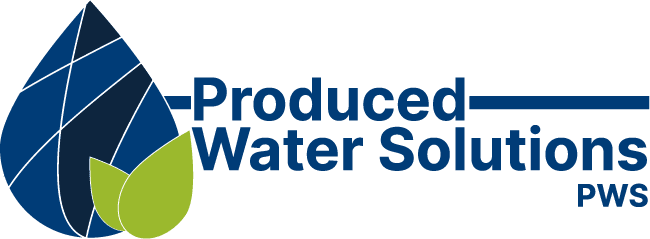Hydrocarbon Removal & Recovery
Contact UsDeoiling Hydrocyclones
The advanced geometry of our deoiling hydrocyclones optimizes the critical balance between oil removal efficiency and capacity, resulting in higher hydrocarbon separation. Providing the highest efficiency and largest turndown available in the market. Multiple inlets provide a stable core and increased recovery.
Available as standalone equipment or complete skid packages (including pumped Deoiler skid packages and compartmentalized designed for unlimited turndown).
Walnut Shell Filters
Multi-grade, crushed nutshells in a packed bed within the vessels form an intricate network of tiny channels directing produced water to take an arduous flow path from the top to the bottom of the vessel and provide a large holding capacities giving long run times and reduced volumes of backwash water.
This provides a large adsorption area, allowing easy adhesion of oil to the nutshell’s surface due to the presence of microscopic capillaries within the structure. As increasing quantities of oil are adsorbed by the nutshell surface capillaries, very fine solids removal capacity also increases.
